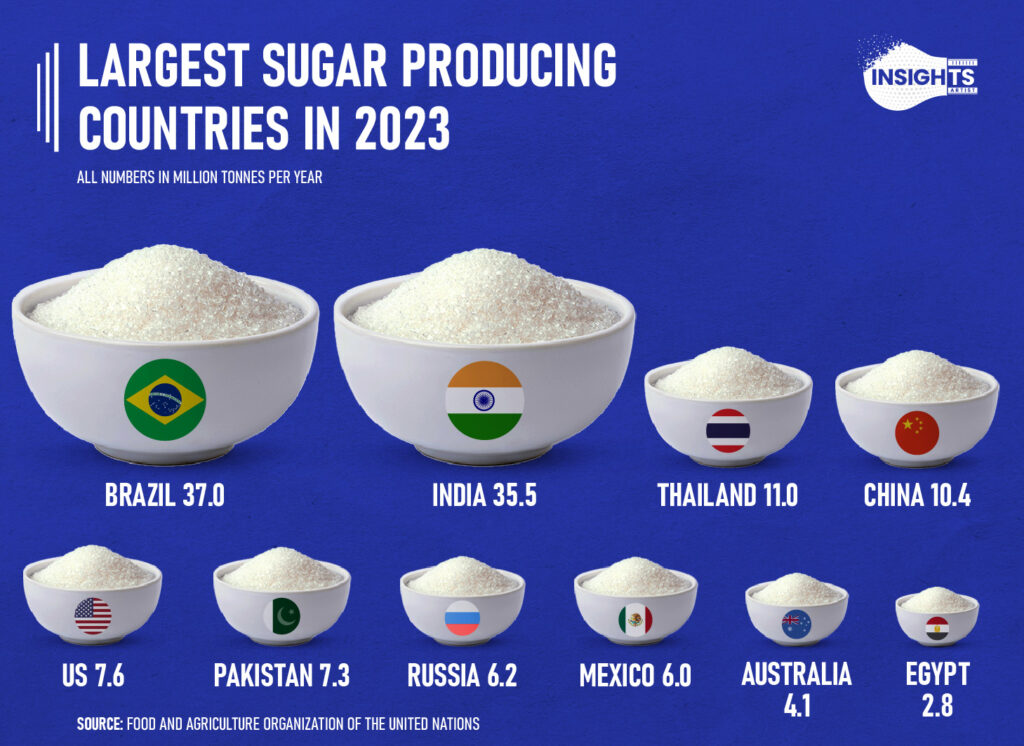In a landmark year for its agricultural sector, India emerged as the world’s leading sugar producer in 2001, churning out an impressive 19.3 million tonnes (42.5 billion pounds) of raw centrifugal sugar. This milestone solidified India’s dominance in the global sugar industry, surpassing traditional heavyweights like Brazil and the European Union.
Fueled by its vast sugarcane plantations and favorable climatic conditions, India’s sugar production surge was driven by both rising domestic demand and strong export potential. The year 2001 marked a turning point, with the country not only meeting internal consumption but also positioning itself as a key supplier to international markets.
Experts attribute this success to improved farming practices, government incentives, and an expanding network of sugar mills across major producing states like Uttar Pradesh, Maharashtra, and Karnataka.
As global sugar consumption continues to rise, India’s role as the “sweet superpower” remains critical — balancing the needs of its growing population while maintaining its stature on the world stage.







